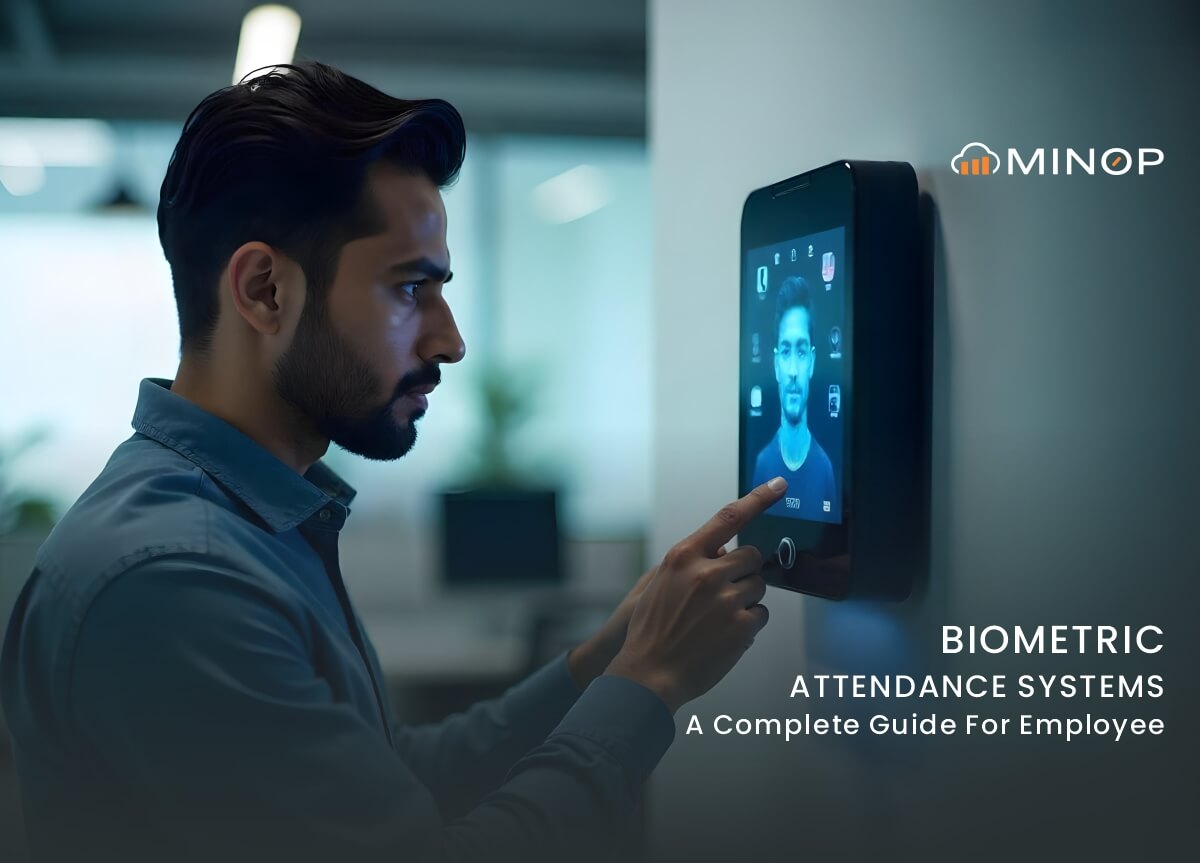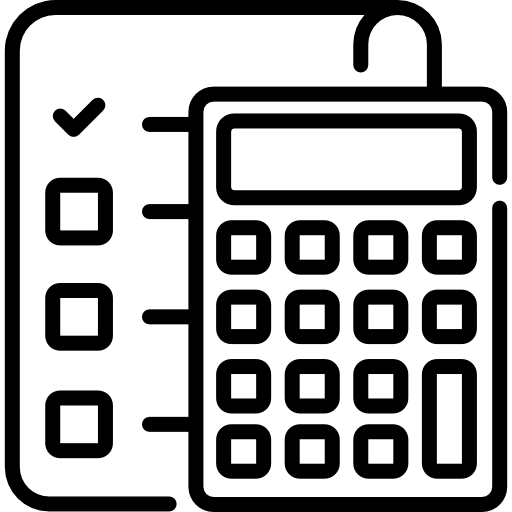What is a Biometric Attendance System?
Posted On:- 12 December, 2024 By:- Arjun Singh
A biometric attendance system leverages biometric data—such as fingerprints, facial recognition, or iris scans—to identify employees and mark their attendance. Biometric systems are different from traditional attendance methods, like punch cards or manual registers. They ensure accuracy and stop fraud, such as buddy punching or time theft.
How Does a Biometric Attendance System Work?
The system operates by capturing the unique biological traits of employees. Here’s a step-by-step breakdown:
Enrollment:
Employees' biometric data (e.g., fingerprints or facial patterns) is collected and securely stored in the system.
Authentication:
Each time an employee clocks in or out, the system matches their live biometric input with the stored data.
Attendance Tracking:
The system logs attendance data in real time, which can be seamlessly integrated with payroll systems.
With brands like Minop, the process is fast, secure, and user-friendly, making it ideal for businesses across industries.
Biometric Attendance System Benefits for Employees
Implementing a biometric attendance system offers numerous advantages to employees, improving workplace efficiency and satisfaction. Let’s explore some key benefits:
Accurate Attendance Tracking
Biometric systems virtually eliminate errors in attendance records. Employees no longer have to worry about missed punches or manual errors affecting their payroll. This ensures that they accurately log and receive compensation for every minute of their work.

Fair Payroll Management
Biometric attendance systems integrate seamlessly with payroll software, ensuring employees are paid accurately based on their actual work hours. This transparency builds trust between employees and employers.

Removal of Buddy Punching
Buddy punching occurs when employees record each other's clock-in or clock-out times. This is a common problem with traditional attendance systems. Biometric systems prevent this practice entirely, as they require unique biological verification.

Enhanced Security and Privacy
Biometric data is unique to each person. This makes it a secure way to verify identity. Advanced systems like Minop encrypt and protect employee data. They address privacy concerns.

Convenience and Ease of Use
Staff members are no longer required to memorize ID cards, passwords, or PINs. With systems like the biometric fingerprint attendance system, a simple scan of a fingerprint is enough to mark attendance.

Time-Saving
Traditional attendance systems can lead to long queues during shift changes or breaks. Biometric systems streamline this process, saving time for employees and reducing frustration.
How Biometric Attendance Systems Enhance Payroll Accuracy
One of the standout features of biometric attendance systems is their integration with payroll. Here’s how they improve payroll accuracy:

Real-Time Data Collection:
The system records attendance data instantly. This reduces the chance of differences between actual work hours and reported hours.

Automated Calculations:
Systems like Minop automatically calculate overtime, late arrivals, and early departures, which ensures that employers pay employees accurately.

Reducing Manual Errors:
Payroll computations are completely automated, reducing the potential for human mistakes.
Key Features of Biometric Attendance Systems Like Minop
Multiple Biometric Modalities:
Options for fingerprint, facial recognition, or iris scans.
Cloud Integration:
real-time attendance data accessible from anywhere.
Undoableness:
Ideal for businesses of all sizes, from small teams to large enterprises.
Compliance-Friendly:
Helps organizations comply with labour laws by maintaining accurate attendance records.
Employee Self-Service:
Employees can access their attendance records through mobile apps or online portals.
Types of Biometric Attendance Systems
Biometric attendance systems can be categorized based on the type of biometric data they use:
Biometric Fingerprint Attendance System
Most common and cost-effective solution.
Captures and verifies fingerprints for attendance.
Facial Recognition Systems
Perfect for touch-free confirmation, especially in offices following the epidemic.
Uses advanced AI to identify employees.
Iris Recognition Systems
Offers high accuracy and security.
Commonly used in industries requiring stringent access controls.
Why Choose Minop for Employee Biometric Attendance?
Minop stands out as a trusted provider of biometric attendance solutions. Here's why:

Reliability:
High-performance systems that deliver consistent results.

Ease of Integration:
Compatible with existing HR and payroll software.

Flexibility:
Tailored solutions for diverse business needs.

Support:
Dedicated customer support for seamless implementation and troubleshooting.
FAQs About Biometric Attendance Systems
Are biometric systems safe to use?
Yes, designers create biometric systems with security in mind. Brands like Minop use advanced encryption to protect employee data.
Can remote workplaces use biometric systems?
Yes, many biometric systems, including Minop, offer mobile-based solutions for remote attendance tracking.
What happens if the biometric device malfunctions?
Reliable providers like Minop offer backup options and technical support. This helps ensure smooth operations without interruptions.
Conclusion
Adopting a biometric attendance system is a game-changer for businesses looking to improve attendance tracking and payroll accuracy. For employees, it ensures fair compensation, transparency, and convenience.
Minop's biometric fingerprint attendance system helps you manage your workforce better. It also builds trust and satisfaction among employees.

Comments